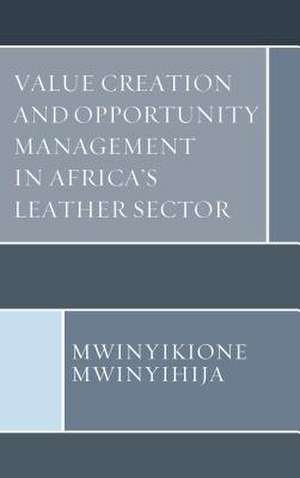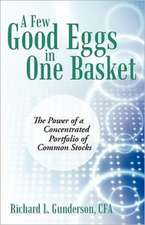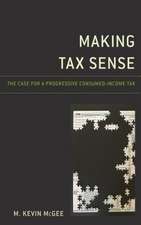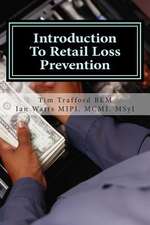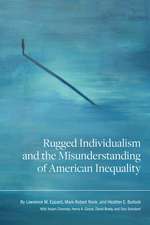Value Creation and Opportunity Management in Africa's Leather Sector
Autor Mwinyikione Mwinyihijaen Limba Engleză Hardback – mai 2018
The scope of the study reported in this book entails understanding the constraints and providing potential diagnostics to Africa's leather sector, which is otherwise globally, one of the most lucrative agro-based industries in the world, estimated at over US$ 130Billion. One of the principle core thematic aspects of the leather sector is, characteristically, its long value chain with multiple socio-economic dimensions. These entail employability, creation of wealth, gender parity and rural development. Thusly, in an effort to stimulate scholarly discussion, the study argues that preemptively, the problems facing the leather value chain stratums are high losses, low value addition initiatives and unexplored opportunities that are synonymous with the Africa's leather industry. Indeed, the results of the research conceptualized opportunity management as a critical panacea towards value addition strategy for the leather sector in developing countries. In dealing with this concept, the book evaluated the various value chains phases and identified nine specific issues and variables drawn between value addition and the main leather strata. With this background, the study posed a main question and four sub questions to closely expound on related hypotheses and in lieu pursue four thematic aspects: trade, productivity, competitiveness, and innovation covered in twelve chapters of the book. Conclusively, the book manages to successfully conceptualize as a novelty that opportunity management is integral towards developing a leather value addition strategy for the developing countries with particular emphasis to Africa.
Preț: 552.43 lei
Preț vechi: 717.43 lei
-23% Nou
105.74€ • 114.90$ • 88.88£
Carte tipărită la comandă
Livrare economică 21 aprilie-05 mai
Specificații
ISBN-10: 0761870008
Pagini: 216
Dimensiuni: 152 x 229 x 24 mm
Greutate: 0.61 kg
Editura: Rowman & Littlefield
